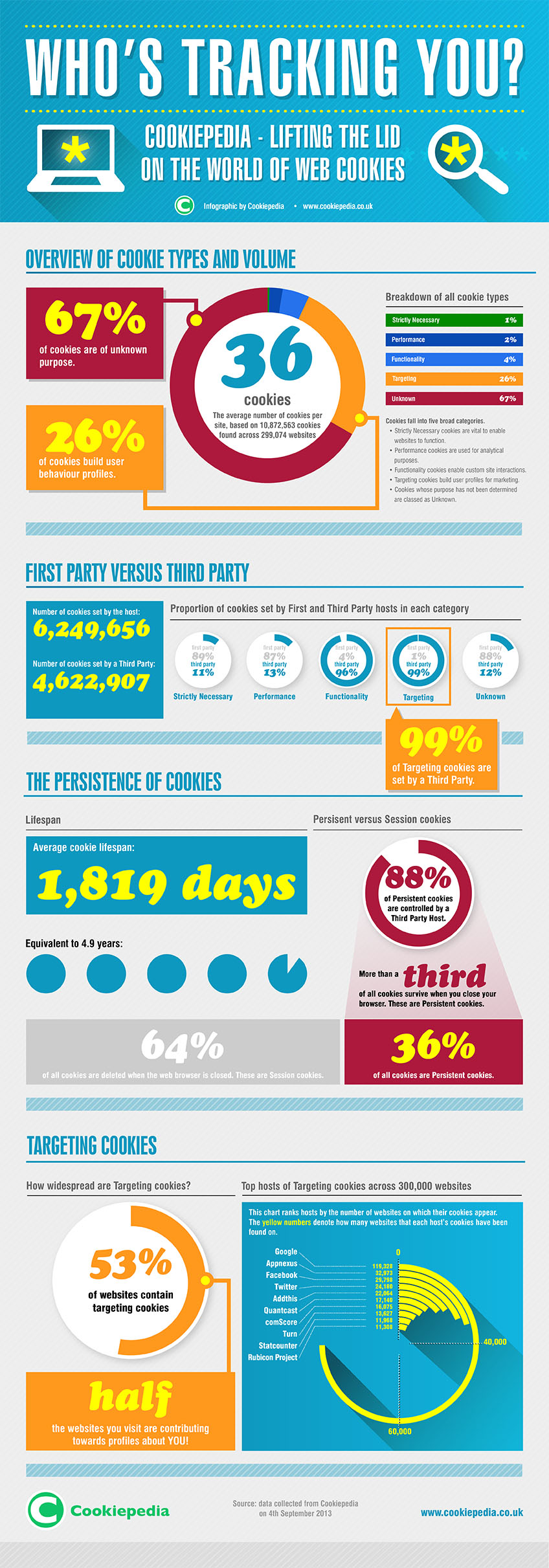
Navigating the Digital Landscape: Understanding Cookies and Tracking
As our online interactions become increasingly sophisticated, understanding how our data is handled is crucial. Websites often seek consent to utilize cookies, which play a significant role in improving user experience and site functionality. But what exactly does consenting to cookies entail for users?
The Cookie Consent Mechanism
For visitors to websites like Golem.de, agreeing to cookies means interacting with advertisements and tracking features. This consent facilitates website operators in gathering analytical data essential for enhancing their offerings. However, users must be aware that consent only extends temporarily until more stable connectivity is ensured.
 Understanding cookies in the digital age.
Understanding cookies in the digital age.
To ensure optimal performance, users are encouraged to enable JavaScript in their browsers. This functionality is often linked to the consent dialog that enables deeper engagement with content and ads. Failures in loading this dialog could significantly impact user experience and limit access to advanced features. In such cases, knowing how to troubleshoot becomes essential for an uninterrupted browsing experience.
Alternatives to Traditional Tracking
In response to growing concerns regarding online privacy, users have options like Golem pur, a subscription service that grants access to ad-free content. For as little as three euros per month, members can experience Golem.de without the burden of analytics and advertising cookies, significantly altering how they interact with digital platforms. This model reflects a broader trend where users are seeking more control over their online presence and data privacy.
User Data and Third-Party Interactions
The collection of user data often extends beyond website operators. By consenting to cookies, visitors release personal information to up to 160 third-party advertisers and analytics companies. Understanding this ecosystem is crucial for informed decision-making. Here are key purposes for which data may be used:
- Storing and retrieving information on a user’s device
- Crafting personalized advertisements and content
- Measuring the effectiveness of ads and facilitating product development
The consent process typically encompasses functions that utilize precise location data and tracking identifiers. Users should scrutinize these practices to better protect their digital footprints.
Data collection processes in action.
The Importance of Privacy and Transparency
As businesses navigate these complexities, transparency becomes vital. Most organizations offer insight into their data handling practices through clearly articulated privacy statements and terms of service. Such documents serve to inform users about their rights regarding data collection and usage.
A strong privacy policy not only builds trust but empowers users to make informed choices about their digital interactions. Familiarizing oneself with these documents can demystify the often convoluted data usage landscape.
Final Thoughts on Cookies and Digital Privacy
The digital ecosystem is rapidly evolving, and users’ awareness of how their data is used has never been more critical. Engaging with platforms that respect user privacy and offer alternatives to conventional tracking mechanisms, such as Golem pur, can fundamentally alter the online experience. As this dialogue continues, it is crucial for both users and operators to align on priorities concerning privacy, consent, and transparency.
Until widespread adoption of more ethical data practices becomes the norm, users must remain vigilant and proactive. As we navigate this intricate digital landscape, a commitment to informed awareness will ultimately empower users and drive the conversation toward better privacy solutions in the online world.
 The importance of digital privacy in today’s world.
The importance of digital privacy in today’s world.














